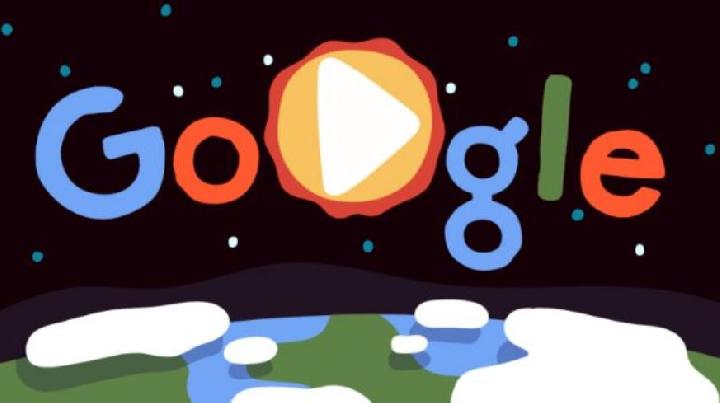
The Veterans Day Google Doodle shows the diversity of members of the military as well as what they do at home. com homepage today, you’ll find that the usual logo has been replaced with a bit of artwork created by Phenix City, Alabama-based artist and veteran of the US Army Steven Tette. In fact, even the United States first called this holiday Armistice Day when it was first ratified by Congress in 1938, but it was renamed to Veterans Day in 1954. Many other countries celebrate on this same day, but by another name such as Armistice Day or Remembrance Day. Veterans Day in the United States falls on November 11 every year, in memory of the end of the hostilities of World War I on November 11, 1919. The moment the north pole is nearest to sun, the northern hemisphere experiences the summer solstice.Today’s Google Doodle celebrates Veterans Day by honoring members of all six branches of the US Military, their diversity, and what they do in their civilian lives.

It is derived from the Latin word 'sol' which means 'sun', and 'sistere', which means 'to stand still' and occurs two times in a year – once in each hemisphere. The summer solstice in the Northern Hemisphere occurs when the north pole is the nearest to the sun. For the northern hemisphere, the summer (June) solstice occurs around June 20-21, and the winter (December) solstice happens around December 21-22.ĭuring the solstices, earth reaches a point where its tilt is at the greatest angle to the plane of its orbit, causing one hemisphere to receive more daylight than the other. On this day, the sun’s path appears farthest north or south, depending on which half of the planet you’re on. Today’s Google Doodle shows an animation of a hedgehog walking in the snow. The northern hemisphere will see the longest night, and consequently the shortest day in the year. The day marks astronomical winter and summer seasons, respectively, for the northern and southern hemispheres of earth. Google Doodle today marks December solstice when in the northern hemisphere, the sun will be at the southernmost point of the sky and the amount of day time will be the shortest.


 0 kommentar(er)
0 kommentar(er)
